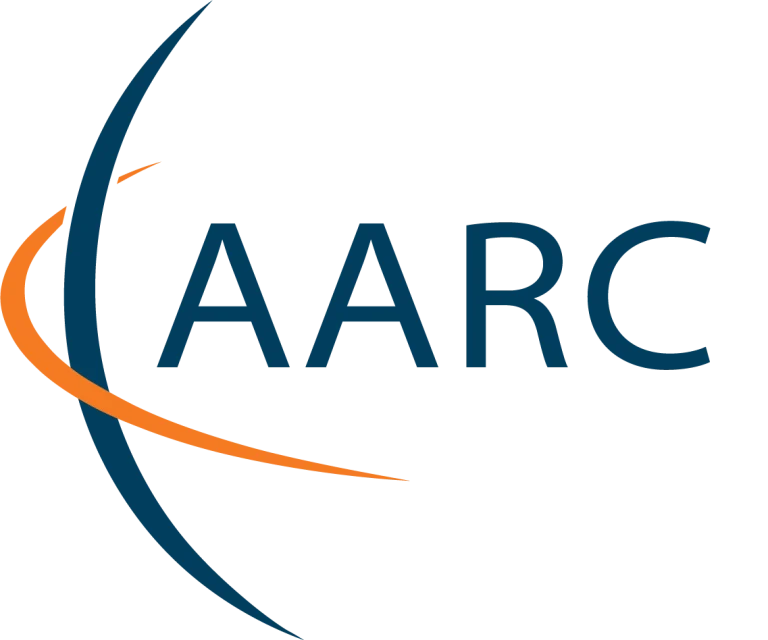 The Cherenkov Telescope Array (CTA) will be the major global observatory for very high-energy gamma-ray astronomy over the next decade and beyond. CTA will be operated as an open, proposal-driven observatory, with all data available on a public archive after a predefined proprietary period.
The Cherenkov Telescope Array (CTA) will be the major global observatory for very high-energy gamma-ray astronomy over the next decade and beyond. CTA will be operated as an open, proposal-driven observatory, with all data available on a public archive after a predefined proprietary period.
CTA is a collaboration between 1350 scientists and engineers from 32 countries, set up with the mission to direct CTA’s science goals and array design. When in production, CTA will collect the data scientists need to understand the role of high-energy particles in the most violent phenomena of the Universe and to search for annihilating dark matter particles.
The AAI challenge
Preparing the IT infrastructure necessary to process, distribute, analyse and store the petabytes of data expected annually from the CTA is a huge challenge. Getting an Authentication and Authorisation Infrastructure (AAI) in place to serve thousands of scientists is not simple either.
The current CTA AAI implementation provisions more than 1000 consortium SAML identities and is releasing a persistent and non-reassignable ID as defined by CTA user requirements. The authorisation is performed through a dedicated Attribute Authority which grants the definition, management and provisioning of roles based on groups and subgroups.
Working with AARC
The CTA AAI team is represented in AARC by Alessandro Costa from INAF, the National Institute of Astrophysics in Italy. He and AARC pilot team members set up a pilot to improve their service using elements of AARC’s blueprint architecture.
The pilot will expand the AAI capabilities to secure the CTA resources and digital assets through role-based authorization allowing federated authentication based on the centralised SAML service and on eduGAIN. The first release is planned for the summer of 2018.
Why AARC?

For the CTA team, working with the AARC project means that they don’t have to invent an AAI service from scratch. They can save time building a custom system based on best practices and tried and tested solutions.
Another advantage of joining forces with AARC is the opportunity of being part of a large community and witness the development of AAIs for a wide set of requirements. This allows the CTA team to observe real world implementations and their advantages and disadvantages.
“The AARC Blueprint Architecture represents the possibility for us to speak with other technological partners using a common language describing AAI and its complex world.” Alessandro Costa, National Institute of Astrophysics (INAF) and CTA.


